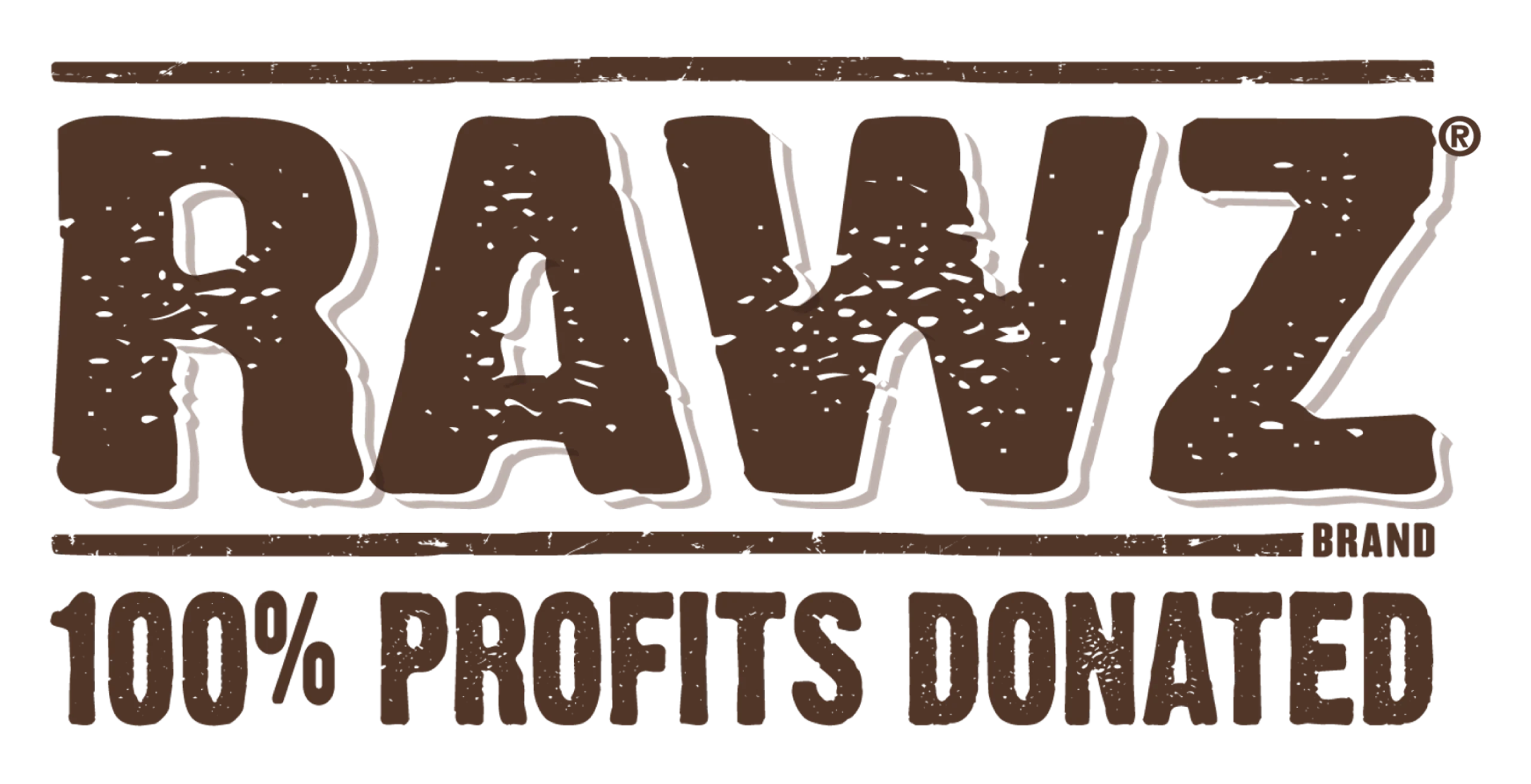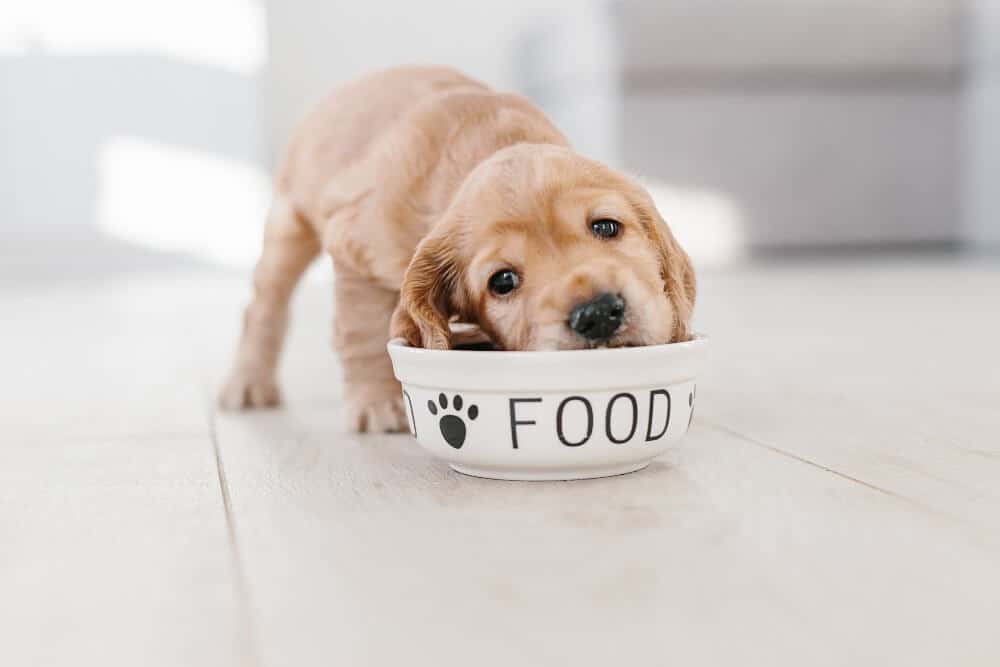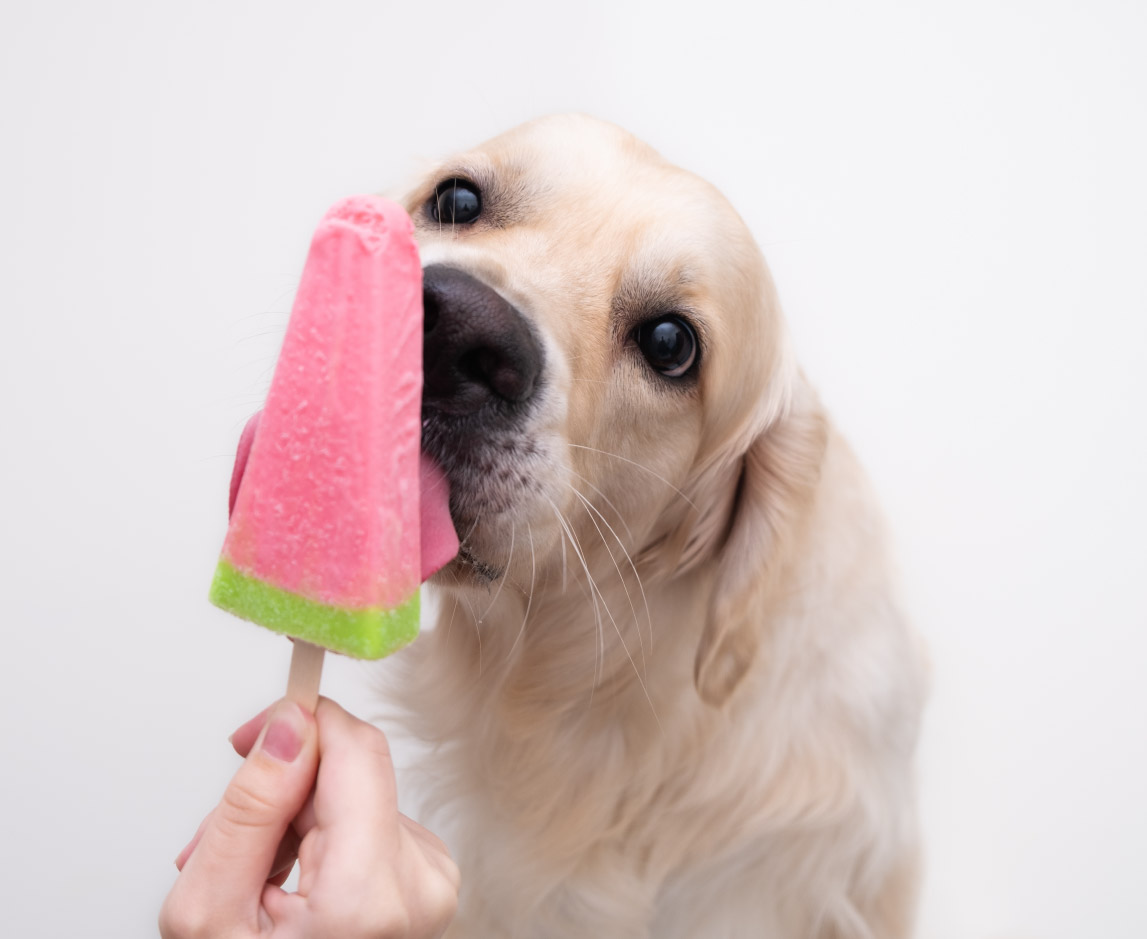Walking down the dog food aisle at your local pet store can be overwhelming. You’re often inundated with flashy packaging and misleading marketing. Just as with the food we buy for ourselves, it’s important to know how to correctly read pet food labels and make an educated purchase. We wrote this article to teach you how to do just that, including dog food ingredients to avoid. After all, a dog’s diet plays a huge role in fostering a healthy, happy life.
Dog Food Ingredients to Avoid
It’s important to understand that nutrition is a complex topic, but in general, there are certain ingredients in dog food that can be replaced with healthier alternatives.
Certain preservatives
The following is a list of chemical ingredients that have been widely questioned for safety in both humans and animals:
- Butylated hydroxyanisole (BHA)
- Butylated hydroxytoluene (BHT)
- Propyl gallate
- Sodium Tripolyphosphate
- Monosodium Glutamate (MSG)
- Sodium Hexametaphosphate
Meals
Meal is defined as a rendered product from mammal tissues, sometimes including bone, and other byproducts. Due to ambiguity of laws and ingredient sourcing in the rendering industry, meals are questionable ingredients. Extreme heat damage during processing is known to destroy much of the nutritional value.
Artificial coloring
Like most ingredients that lack nutritional value, artificial coloring in dog food is only added to enhance product appearance. Long-term animal feeding studies examine whether dyes cause cancer or other effects, however, there are significant limitations during the process. Many people believe that due to its potential hazards, artificial coloring is not worth the risk.
Melamine
Melamine is a chemical used to make plastics. The Food and Drug Administration (FDA) has deemed melamine and melamine-related compounds unsafe for humans and animals to consume.
Toxic Foods to Look Out For
The following ingredients are considered toxic to dogs, and depending on the amount can be lethal:
Chocolate
Both the caffeine and theobromine found in chocolate are toxic to dogs because they cannot be metabolized. These chemicals are used medicinally as diuretics and stimulants.
Xylitol
Although this natural sugar alcohol comes from plants and is commonly used in human food, even small amounts can be lethal to dogs. Peanut butters, syrups, candies and barbeque sauces often contain xylitol.
Onions, Garlic & Grapes
There are many fruits and vegetables that are safe for dogs to eat, but onions, garlic and grapes cause circulatory or gastrointestinal issues like diarrhea, stomach pain and/or nausea.
Unhealthy Fats and Preservatives
While some fat is a nutritional requirement, these specific types of fat can be extremely problematic for dogs:
Rendered Fats
We’ve already spoken about the inferiority of rendered meals as a protein source, but the fat left over from the rendering process brings its own concerns. Specifically, these fats (often listed as chicken/beef/turkey fat or fish oil on a label) can be a source of harmful microorganisms and/or toxins.
Propylene Glycol
This commonly used mineral oil has been linked to allergic reactions and organ damage in dogs. It is commonly found in “pet safe” antifreeze products, which despite the labeling is in fact harmful to pets if ingested.
Vegetable Oil
The omega-6 fatty acids contained in vegetable oil trigger inflammation when taken in excess, proving to be particularly problematic for arthritic dogs and those with hip/joint pain.
Reading and Understanding Dog Food Labels
Taking a close look at nutritional labels on our own food products has become common practice in a health conscious society. For similar reasons, the practice can be useful in assessing our dog’s nutrition options as well.
Dog food, which is often sold in large bags (with ample space to fill on the front and back of packaging), often features promotional statements and colorful graphics. In no circumstance, however, is a company allowed to sell misbranded food. According to the Association of American Feed Control Officials, that includes:
- Incorrect nutritional adequacy
- Claiming or implying the product will treat a disease when it does not contain an approved drug
- Misrepresenting an ingredient by using an incorrect name
- Including an ingredient which is not approved for use
- A label that is false or misleading
Ingredients will always be listed in descending order, with the first ingredient being present in the largest quantity.
To help you decode pet food labels, we created a comprehensive guide to reading them correctly — including a checklist.
Feeding Your Pet Natural and High-Quality Ingredients
By understanding how to read pet food labels and which ingredients to avoid, you’re well on your way to choosing the best meal for your dog. Along with the baseline standard of being nutritionally complete and balanced, these are some other key factors to take into account when choosing the best food for your dog:
Consider sourcing
It’s not common that you are able to vet every aspect of a pet food company, from where ingredients are sourced to how they are prepared and presented. Transparency is important, especially when it comes to what our beloved pets are consuming.
Who owns who
We always want to assume honest and ethical intentions among animal nutrition providers, but we also have to be realistic when assessing motives. The bottom line of any corporation is to maximize return to shareholders. Ideally, product quality and customer satisfaction align, but with short-term financial goals come cost-cutting pressures. In this type of environment, it is always best to deal with organizations that have stability in ownership and trustworthy teams.
Language is important
While rendered ingredients can provide an economical source of protein, the intense heat processing decreases nutrient efficiency along with increasing the ambiguity of the ingredients used. Both the meal and fat resulting from rendering can raise concerns. The term “meal” after the word meat, or a specific animal, indicates rendered ingredient inclusion and is usually accompanied by an “animal, named or otherwise” fat.
FAQs
Q: Does rosemary extract cause seizures in dogs?
A: Rosemary has long been used in dog food as a natural preservative with antioxidant properties. However, rosemary extract has recently been called into question as a suspected cause of canine seizures. While some causation in humans has been discussed, no link to dogs without genetic predisposition to epilepsy has been shown through studies.
Q: What was the consensus on grain-free dog food as it relates to Canine Dilated Cardiomyopathy?
A: On July 12, 2018, the FDA issued an alert regarding a possible connection with Dilated Cardiomyopathy (DCM) in dogs fed grain-free diets. That led to confusion and significant questioning among pet owners, retailers and various pet food brands that produce and sell this type of food. The issue has affected a small population of dogs (less than 100). Ultimately, there has been no direct link between a grain-free diet and DCM. Diet is still a suspected component along with genetics, and at this point, no determination of causation has been found.
We hope that this guide helped build your confidence in navigating the pet food aisle. Here at RAWZ, we’re happy to help you understand all of your dog’s nutritional needs, and we encourage you to explore our website to learn about all of our minimally processed pet food offerings. We only partner with independent retailers who share our mission. Locate the nearest to you today!






